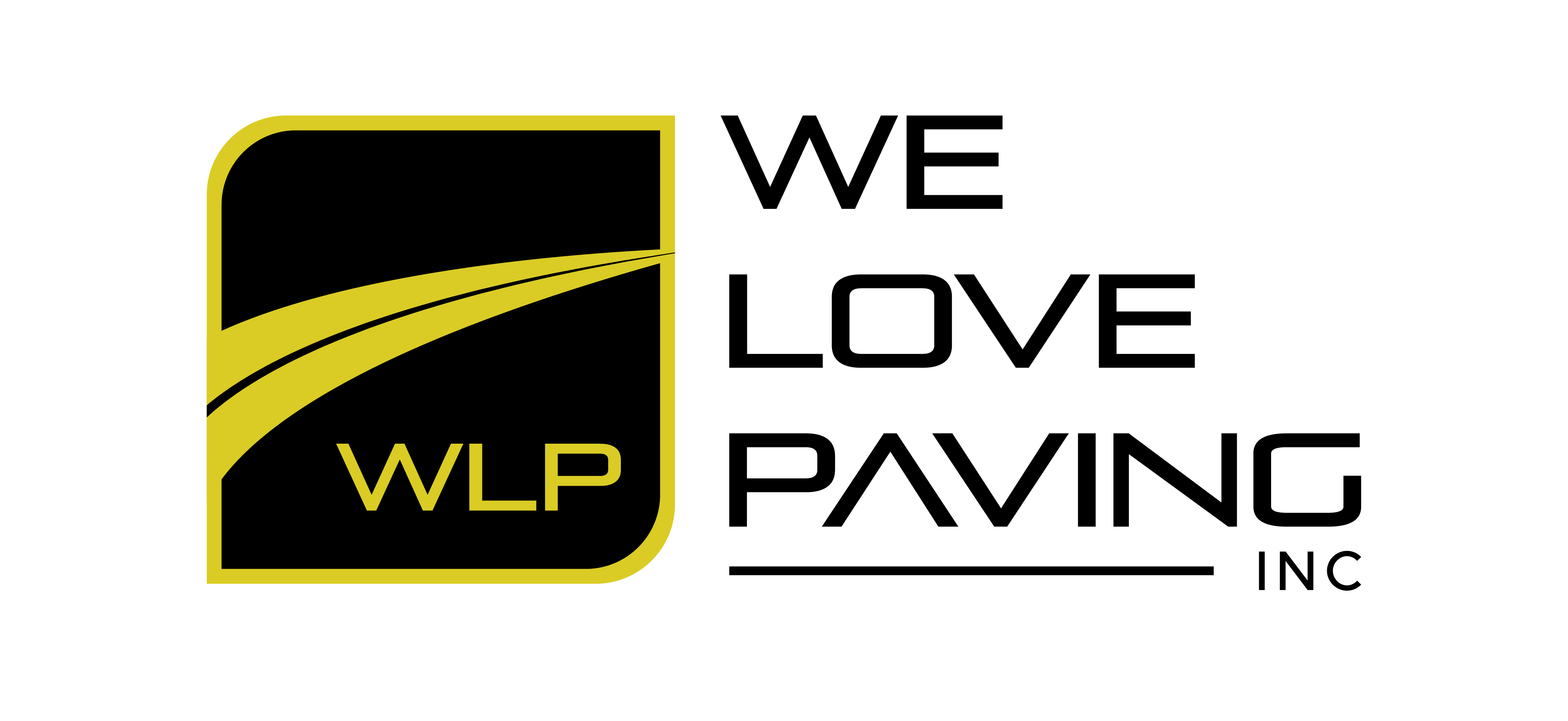Concrete: the unsung hero of modern civilization. It’s there under your feet, holding your parking lots together, and bearing the brunt of coffee spills and rogue shopping carts. But when it comes to ADA (Americans with Disabilities Act) compliance, concrete puts on its perfectionist hat, ready to meet the highest standards. Let’s explore this serious business with a light-hearted twist, because even the most rigid of construction materials deserves a little humor.
ADA Compliance: Concrete’s Time to Shine
ADA compliance isn’t just about following rules; it’s about making sure everyone can navigate the world with ease. And who better to shoulder this responsibility than concrete, the rock-solid champion of accessibility? To meet ADA standards, concrete must be more meticulous than your grandma setting the dinner table for Thanksgiving.
Here’s what ADA compliance demands from concrete:
- Flawless Slopes: The ramps must have a slope between 1:12 and 1:20. Imagine a concrete ramp being told, “Your angle is off by a fraction of a degree.” It would blush—if it could.
- Smooth Surfaces: No cracks, bumps, or uneven spots. ADA-compliant concrete is like that one friend with flawless skin. It’s the envy of sidewalks everywhere.
- Precise Dimensions: Handrails, curb ramps, and detectable warning surfaces must align with laser-sharp accuracy. Concrete detailing in ADA projects is like baking a soufflé; even a tiny mistake can ruin everything.
Tools of the Trade: Concrete’s Makeup Kit
To achieve ADA compliance, concrete contractors wield an arsenal of tools that would make any DIY enthusiast swoon:
- Formwork: This is the mold that shapes the concrete—think of it as concrete’s favorite pair of skinny jeans. It must fit just right.
- Trowels: For that smooth, polished finish. Trowels are the spa treatment every slab dreams of.
- Levels and Measuring Tape: Because ADA compliance doesn’t tolerate eyeballing. It’s all about precision, baby!
- Detectable Warning Mats: Those bumpy, textured surfaces at curb ramps are concrete’s way of saying, “Hey, I care about safety.”
Concrete’s Biggest Fears
While concrete might seem tough, it has its own anxieties, especially when it’s tasked with ADA compliance:
- The Weather: Pouring concrete on a rainy day is like trying to paint with watercolors in a monsoon. Not ideal.
- Time Pressure: Concrete has a narrow window to set correctly. It’s like speed dating—everything has to click before the clock runs out.
- Inspectors with Rulers: An ADA inspector’s ruler is to concrete what a teacher’s red pen is to your high school essays. Terrifying.
The Drama of a Concrete Pour
Picture this: it’s pouring day. The crew arrives early, coffee in hand, ready to make ADA-compliant magic happen. The formwork is in place, and the truck arrives with the mix. It’s showtime.
The pour begins. Workers expertly guide the flow, smoothing and leveling with precision. A supervisor measures the slope of a ramp. “1:13? Fix it!” The crew adjusts, sweat dripping, determined to meet the golden ratio.
Finally, the detectable warning mats are pressed into place. It’s like adding the final sprinkles on a cupcake. The crew steps back, exhausted but proud. The inspector arrives, ruler in hand. They measure, nod approvingly, and the team breathes a collective sigh of relief.
Why We Love Paving Loves ADA Concrete Detailing
At We Love Paving, we treat concrete detailing for ADA projects with the seriousness it deserves—but we also know how to have a little fun. Because let’s face it, even concrete has a lighter side. When we create ramps, sidewalks, and parking lots that meet ADA standards, we’re not just laying down slabs; we’re crafting pathways to inclusion.
So the next time you stroll across a perfectly sloped ramp or feel those detectable warning bumps underfoot, give a little nod to the concrete. It’s doing its best to make the world a better, more accessible place—all while keeping its sense of humor intact.
